When I call the Rolleiflex 2.8F the oldest camera in my toolkit, that doesn’t mean it is oldest by age, rather oldest having been in my toolkit the longest of any other cameras. I got the camera in 2010 after buying it from the original owner. The original owner having purchased it in Germany in 1969 along with most major accessories, and since then it became a near-constant companion. And the camera saw a lot of action from trips to abandoned buildings, nature to weddings and other portrait sessions. The Rolleiflex 2.8F is my third and honestly final TLR in my kit having solidified my enjoyment of the 6×6 format and TLRs in general. And while the camera has gained a great deal of popularity in the years that followed my purchase I feel a bit hipster in saying I was into Rolleiflex’s before they got cool.

The Dirt
Maker: Franke & Heidecke
Model: Rolleiflex 2,8F K7F3
Type: Twin Lens Reflex
Format: Medium Format, 120/220, 6×6 – option to mount 35mm with an adapter.
Lens: Fixed, Carl Zeiss Planar 80mm 1:2.8, 4 Elements/3 Groups f/2.8-f/22, 5 blades.
Shutter: Syncro-Compur Leaf Shutter, 1″-1/500″ + Bulb
Meter: Gossen Selenium Cell, ASA-12-ASA-1600
Year of Manufacture: 1969-1981
Isographic View Coming Soon
Background
The idea behind the Rolleiflex originally came out of plans made by Reinhold Heidecke in 1916. Reinhold, a production manager for Voigtländer, presented his plans to his bosses, who turned him down. Voigtländer felt there would be issues around keeping the film perfectly flat while in the camera. Reinhold attempted to secure funding to start his own camera firm but continued to meet with failure until at the instance of his wife contacted Paul Franke. Franke, a former employee of Voigtländer bought into the plan immediately and fronted the needed capital, some 75,000 DM, or approximately 192,718€ in 2021 (277,143$ CAD). After securing another 200,000DM the two men registered Werkstatt für Feinmechanik und Optik, Franke & Heidecke on 1 Feburary 1920. The two men rented space in Viewegstraße 32, Brunswick, Germany (the building still stands today) as the company’s first headquarters and got to work. Their short term plan to help build capacity was the production of a Stereo camera, the Heidoscop to get their name out there and build relationships within the German optical industry. And despite the hyper-inflation of the inter-war years of the Weimar Republic, Franke’s financial savvy came through securing plenty of international investment. The original Rolleiflex took the world by storm in 1928. Generally, the camera was only slightly more advanced than the cameras of its age. The Rolleiflex made up for it in having a twin lens that allowed the photographer to observe and focus using the top lens while the second lens exposed the film. The Rolleiflex featured top-quality Zeiss optics in the form of a 7.7cm f/3,8 Tessar lens. A decade later the Rolleiflex Automat saw release, doing away with the manual advance using the red window. Now the cameras had a counter and automatic film loading and frame spacing. The advent of World War Two stagnated development at the company as optics were diverted to the war effort and allied bombing raids resulted in a 65% loss of their factory. Thankfully the Franke & Heidecke factory landed in the British zone of occupation in the post-war. The British saw that cameras were the way forward to rebuild the shattered economy and even managed to get Zeiss lenses across the iron curtain until the company could re-establish in Jena. By 1949 the first f/2.8 lensed Rolleiflex saw release with the 2.8A which used a Zeiss Tessar 80mm f/2.8 lens. It wouldn’t be until the Rolleiflex 2.8C that saw the introduction of the Zeiss Planar lens design. The biggest shift was the introduction of a selenium light meter in 1956 with the release of the Rolleiflex 3.5C (first) and 2.8E (second). These early cameras featured an uncoupled meter, where you’d match the needle on the sidecar display then dial in the EV settings using an aperture and shutter speed knobs on the front of the camera. It wouldn’t be until 1969 with the release of the 2.8F and 3.5F that allowed for coupled match needle metering. Production of the 2.8F would last until 1981 being the sole surviving TLR being produced by the company. There were gold and platinum-plated versions of the 2.8F but neither would shore up the company from going bankrupt.


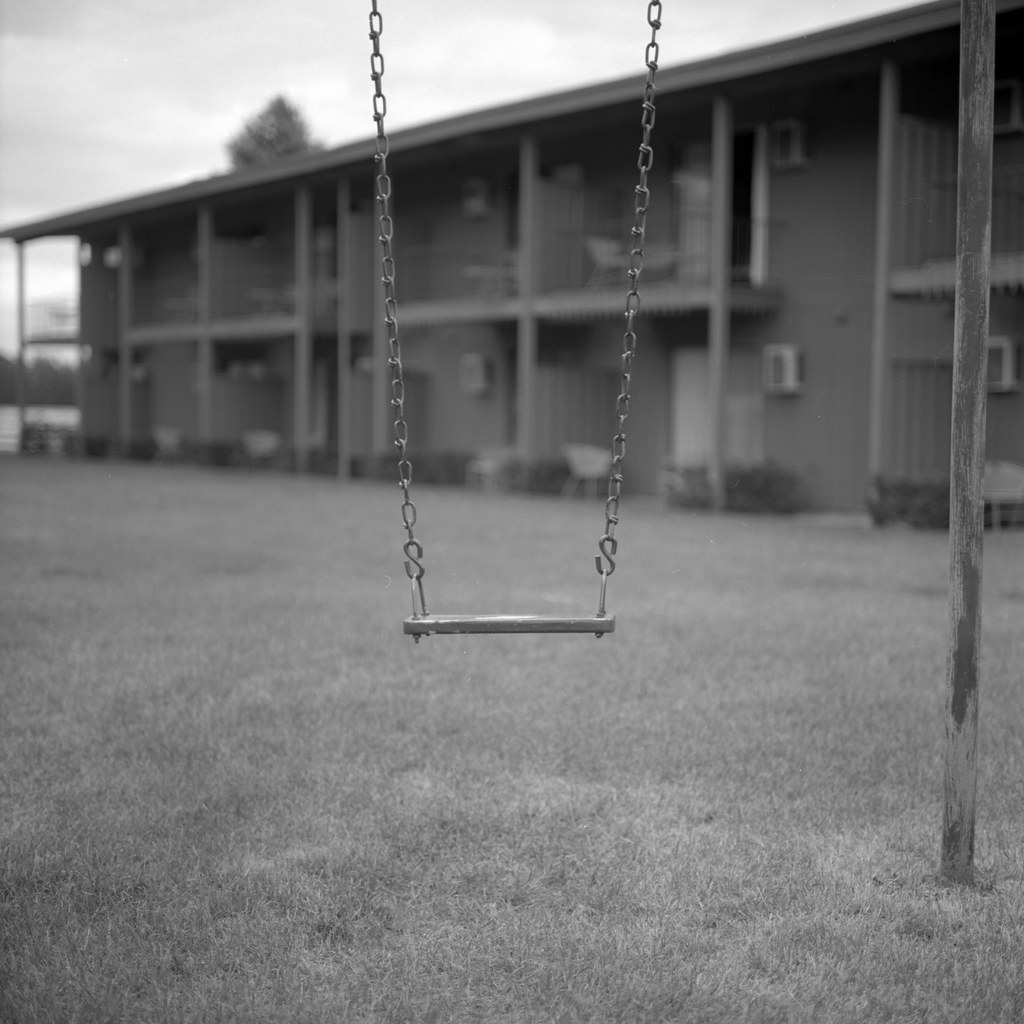

Impressions
Any Twin-Lens-Reflex camera will certainly cut a fine figure. The first thing you’ll notice is the big twin f/2.8 lenses. The second thing is how handsome the camera looks. As for the layout if you’ve used TLRs before then using the Rolleiflex 2.8F is going to be an easy switch as most of the controls are where you would expect them to be. The exposure controls being in the notches between the lenses and the numbers displayed in twin windows just above the view screen. The best part is that despite the meter being in a sidecar attached to the focusing knob, it remains visible so you can have your eyes on both. The viewing screen remains bright for its age, although you can replace the screen with a Maxwell Bright Screen, although I haven’t seen the need for one yet. Focusing with the screen is super easy, with a split finder and a viewing loupe, although I tend only to use the loupe for fine detail or close focusing.
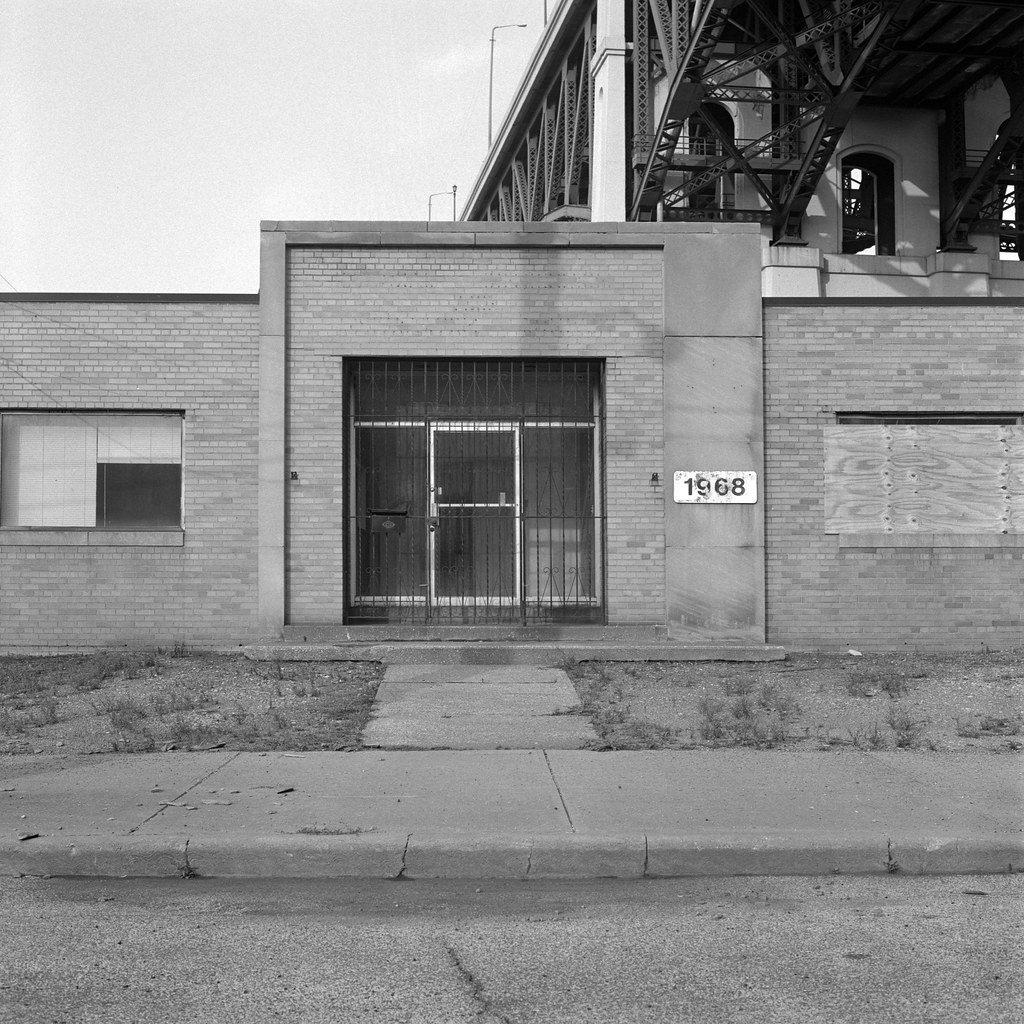
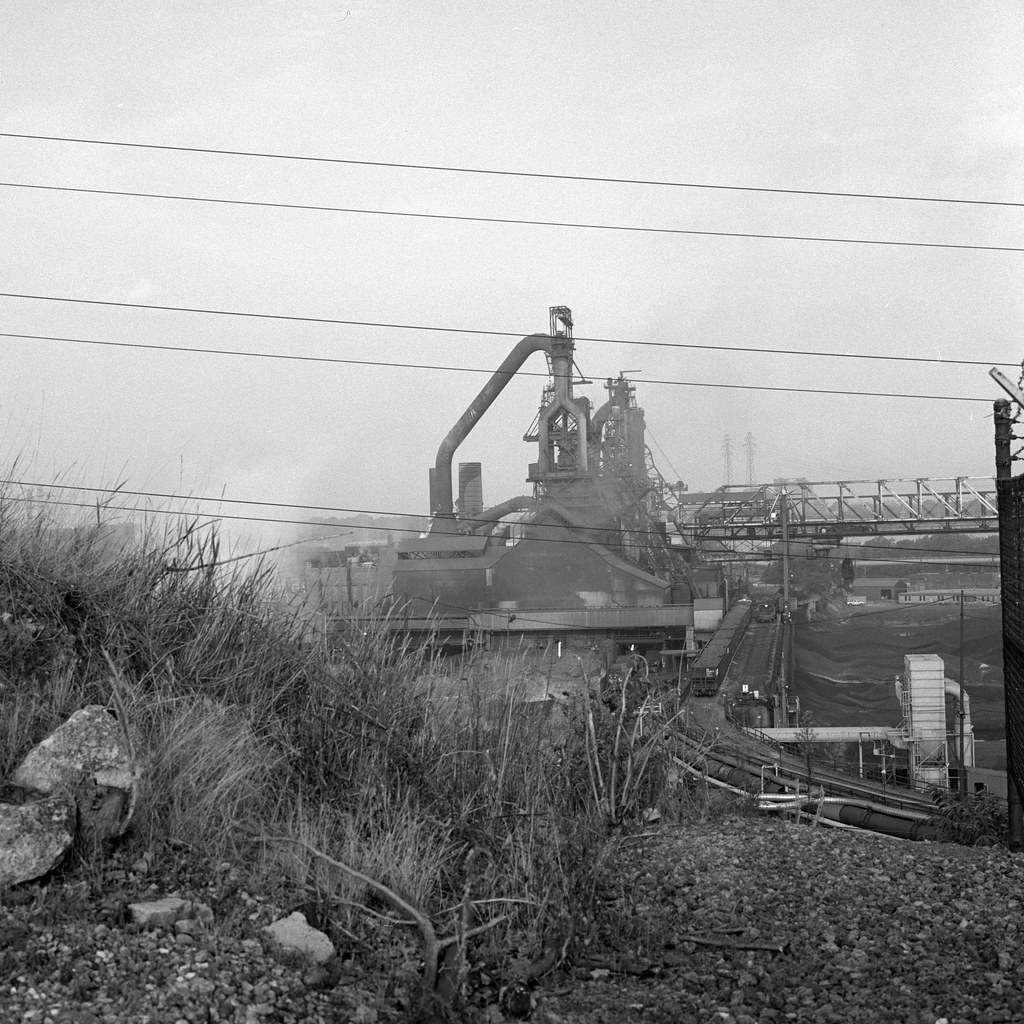

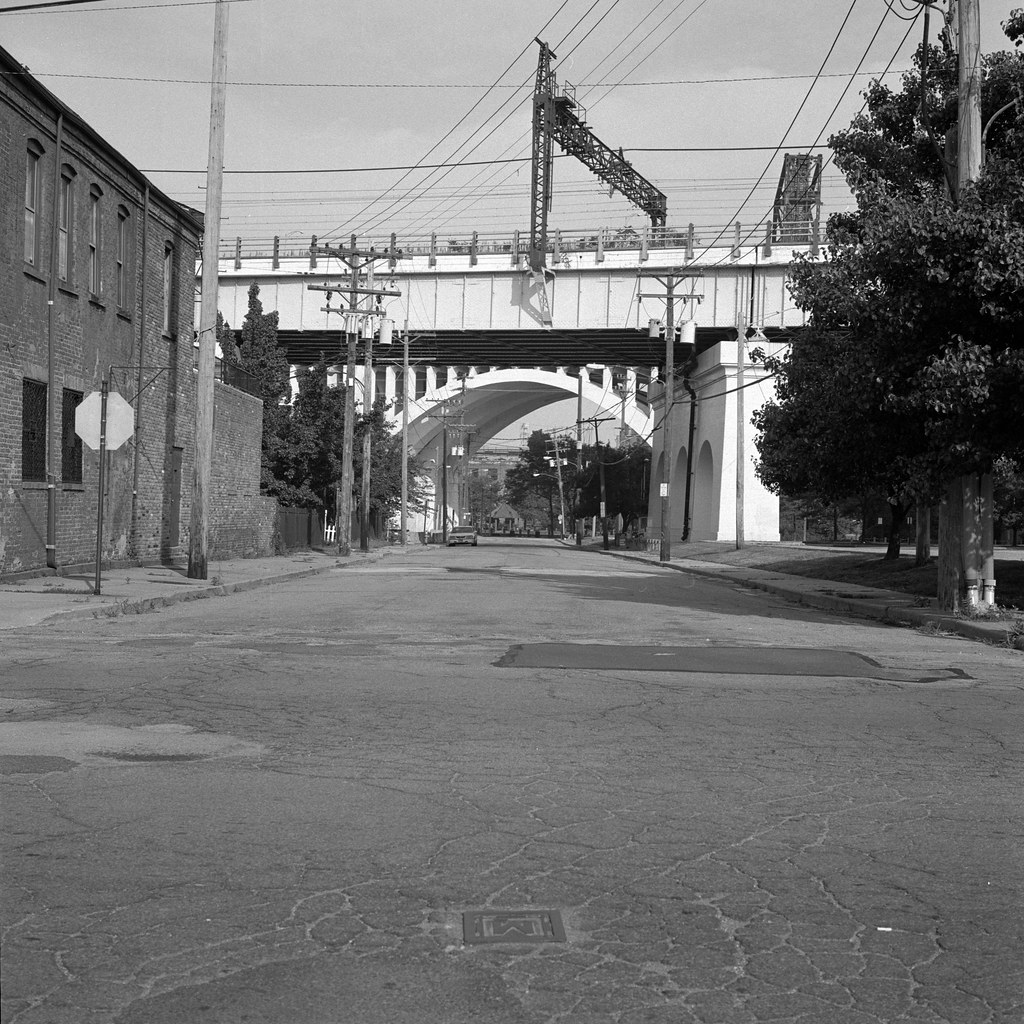
Experiences
Working with the Rolleiflex in the field is an absolute joy. While it’s not the lightest camera, with a good strap, I can run the camera all day. Speaking of straps, one of the first things I recommend doing is getting rid of any original leather straps. Save the special scissor clips and attach keyrings then use those to mount the strap. I’ve been running with a Domke strap for the past four years, and it makes the camera that much easier to carry. Film loading, once you figure it out, is easy and works well, make sure to feed the leader under the roller before pulling it up onto the take-up spool. The crank will automatically stop when it hits frame one, do it too fast, and you’ll miss the first frame. As I mentioned previously, focusing is easy as is composition once you figure out how to compensate for parallax error. Remember the viewing lens is mounted just above the taking lens, so you need to compensate, but only slightly. Thankfully my meter still functions and gives amazing exposure. Setting the exposure is fairly easy with the knobs being easily accessible while you’re holding the camera at your waist.


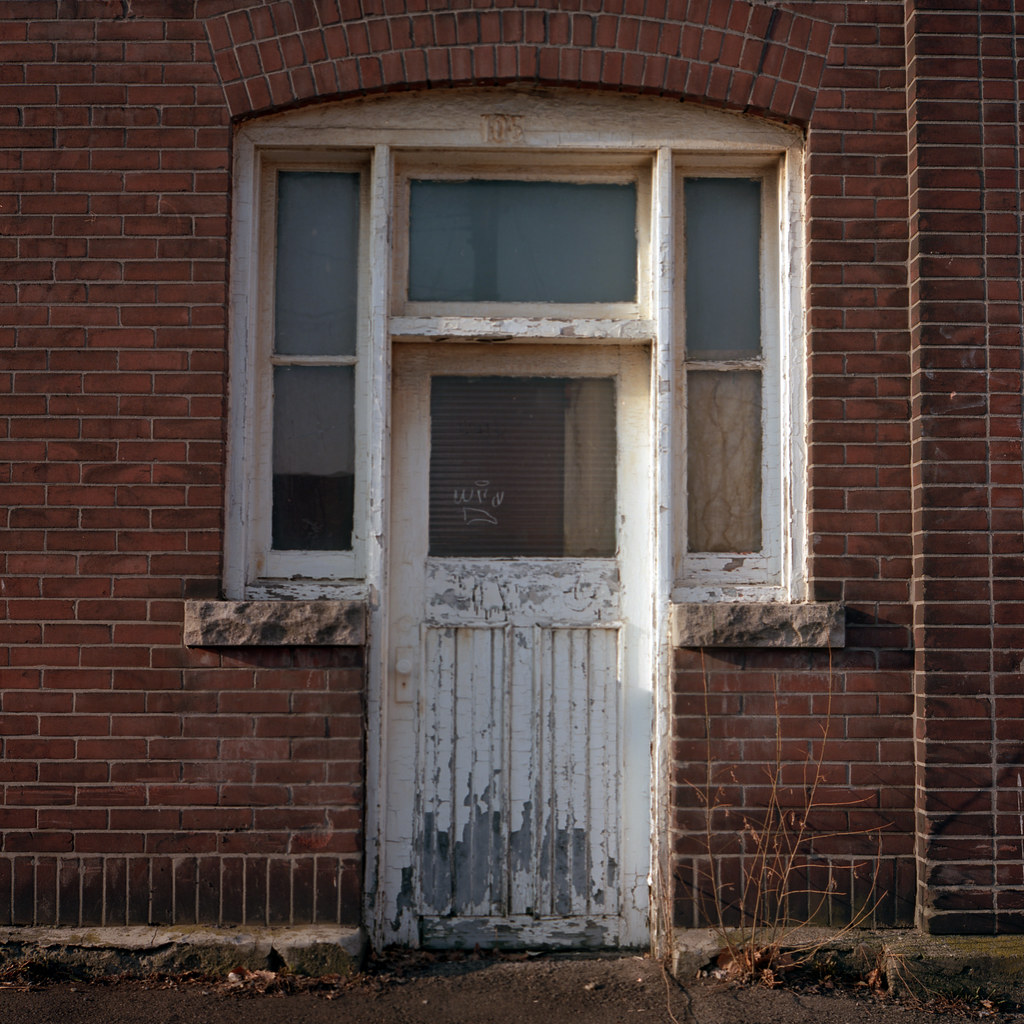

Optics
While important, in the case of the Rolleiflex, I find that the optics are only one piece in a great puzzle. Now don’t get me wrong, the 2.8 Planar lens is a perfect lens for this camera, the 80mm focal length provides the perfect mix of wide and tele, and you do have to zoom with your feet. But I found that it works great for landscape work and portrait work at the same time. Plus having that wide 2.8 aperture makes for amazing separation at a shallow depth of field with a pleasing out-of-focus area. And even wide open the images are tack sharp, and as you stop it down they get even sharper. Also, there’s no softness on the edges or even fall off. The lens is perfectly balanced to the film and the image format. The one thing you do have to worry about with the planar design is lens flare, thankfully Rollei produced a lens hood that snaps onto the Bay III bayonet mount. The one downside is that any accessory that attaches to the lens is that specific Bay III mount, and those can be difficult to find and be costly.
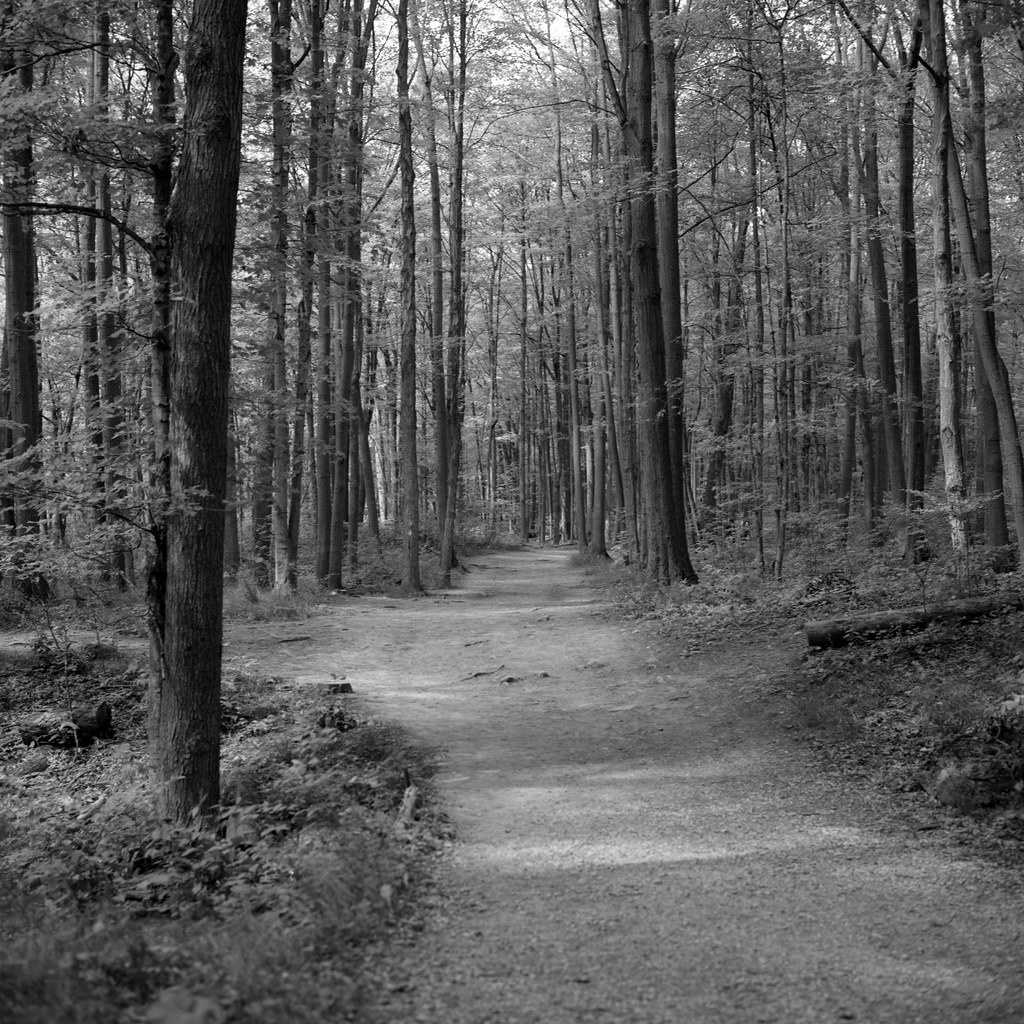
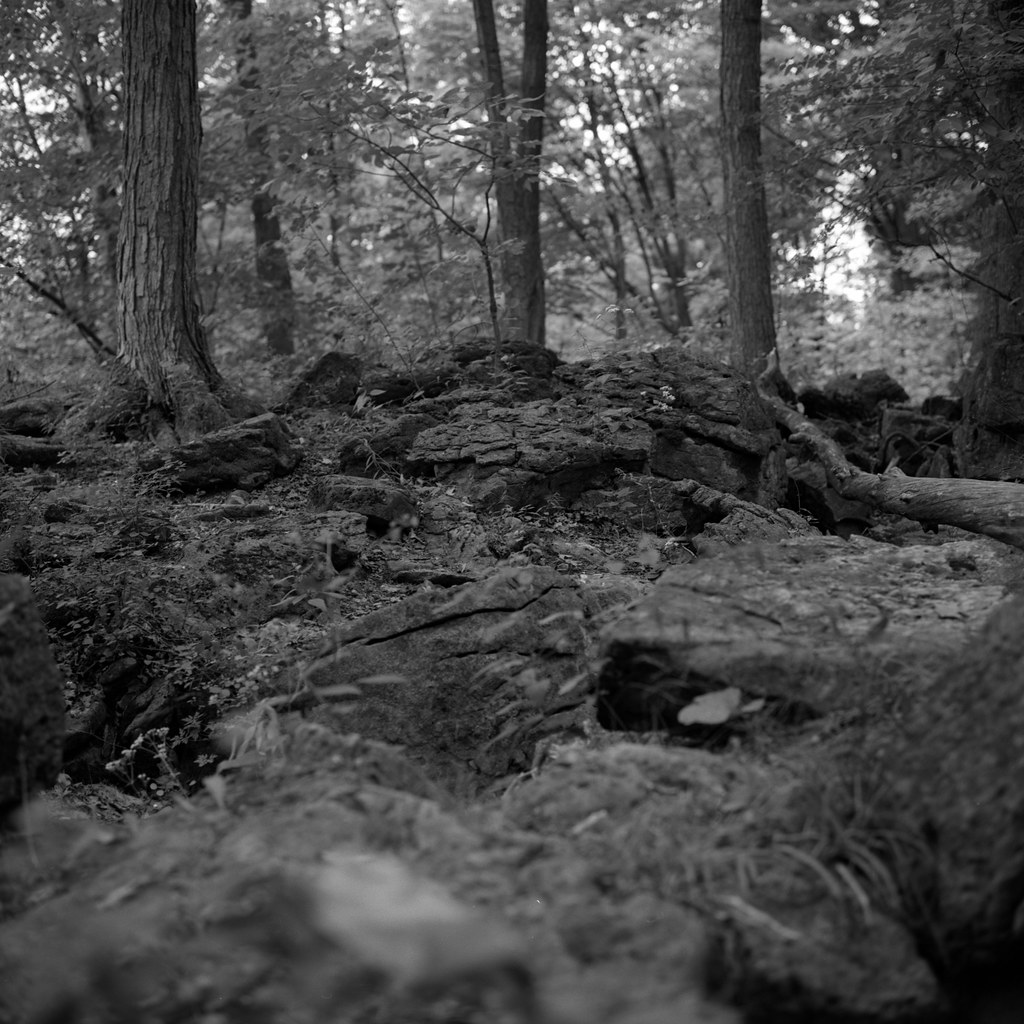

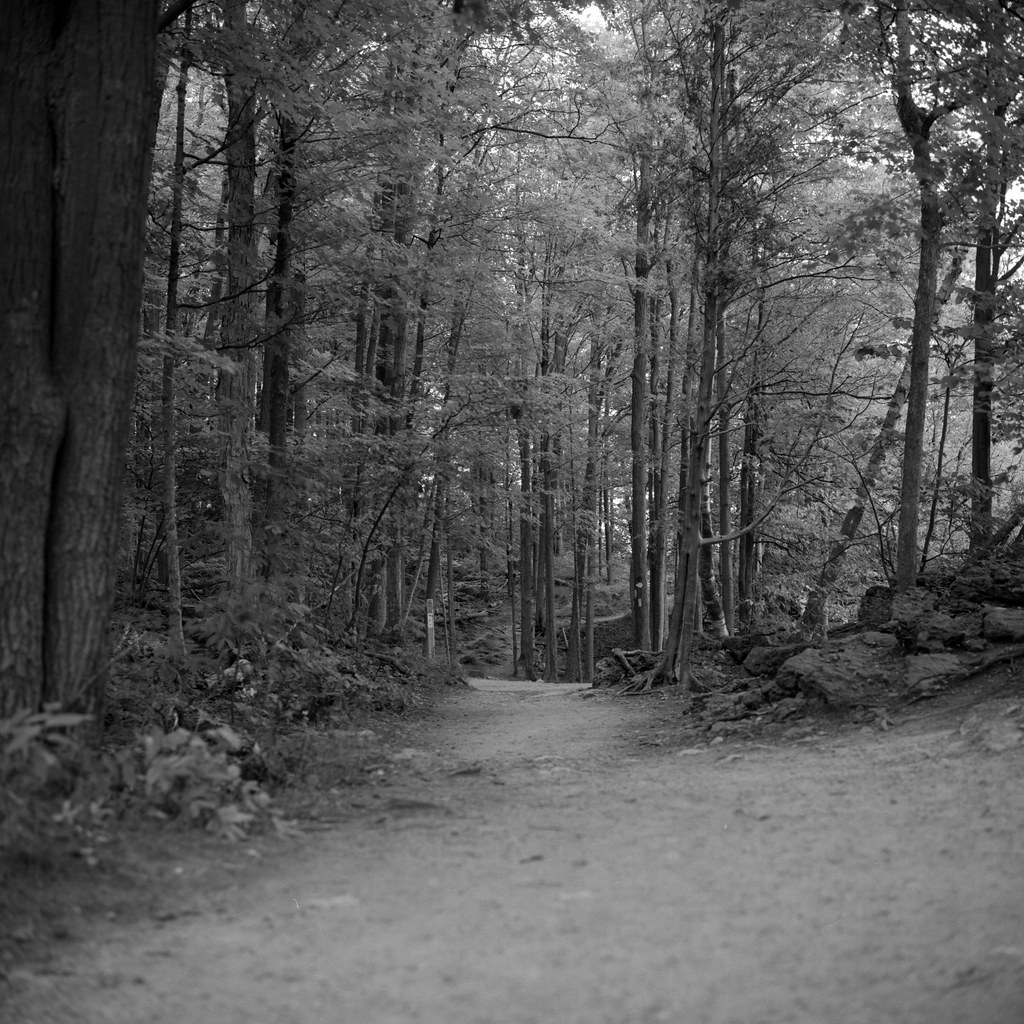
Lowdown
Just because I’m reviewing the 2.8F doesn’t mean that it’s the model you need to get your hands on. Seriously, unless you have a lot of disposable income there are other just as good Rolleiflex cameras out there, heck you don’t even need to get a Rolleiflex, the Rolleicords are just as good! As for the lenses, Schneider, Zeiss, Tessar, Biotar, Planar, Triotar, Xenar, Xenotar will all produce amazing images. And you don’t even need to look at the 2.8 models. The Rolleiflex 3.5 series will give you the same amazing results. Even still unsure of dropping the coin for the Rollei name, that’s fine, go with a Minolta or Yashica even. The best part is that a TLR will open up a whole new world of composition and handling, the big 6×6 negative will amaze you and even generate plenty of discussions when you’re out in public. And these days thanks to the popularity of Vivian Myer almost everyone will recognise the camera. They are well worth the money if you do decide to pick one up and they are easily served by companies like Camera Service Pro in Quebec. And the best part is that they often need one trip for minor issues and they last, I haven’t had mine in for service in a few years, and I haven’t seen a drop in shutter speed or troubles with the film advance.
Further Reading
Don’t just take my word on the Rolleiflex 2.8F, you can check out the reviews by other awesome camera reviewers!
35mmc – Five Frames with A Rolleiflex 2.8F
Emulsive.org – Reviewing the Rolleiflex 2.8GX
Mike Eckman Dot Com – How to Use the Rolleiflex
Classic Camera Revival – Episode 62 – Rolleing Right Along
Casual Photophile – Six Months with the Rolleiflex 2.8D
1 Comment